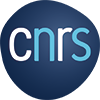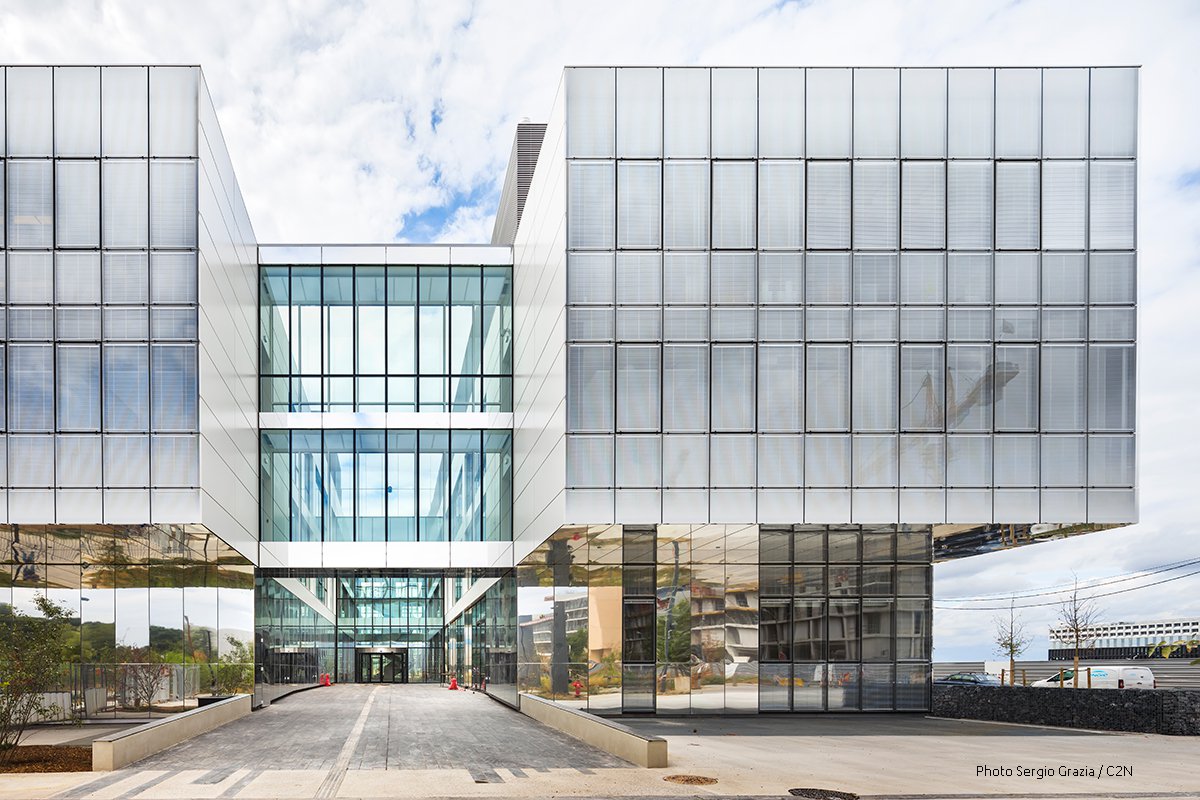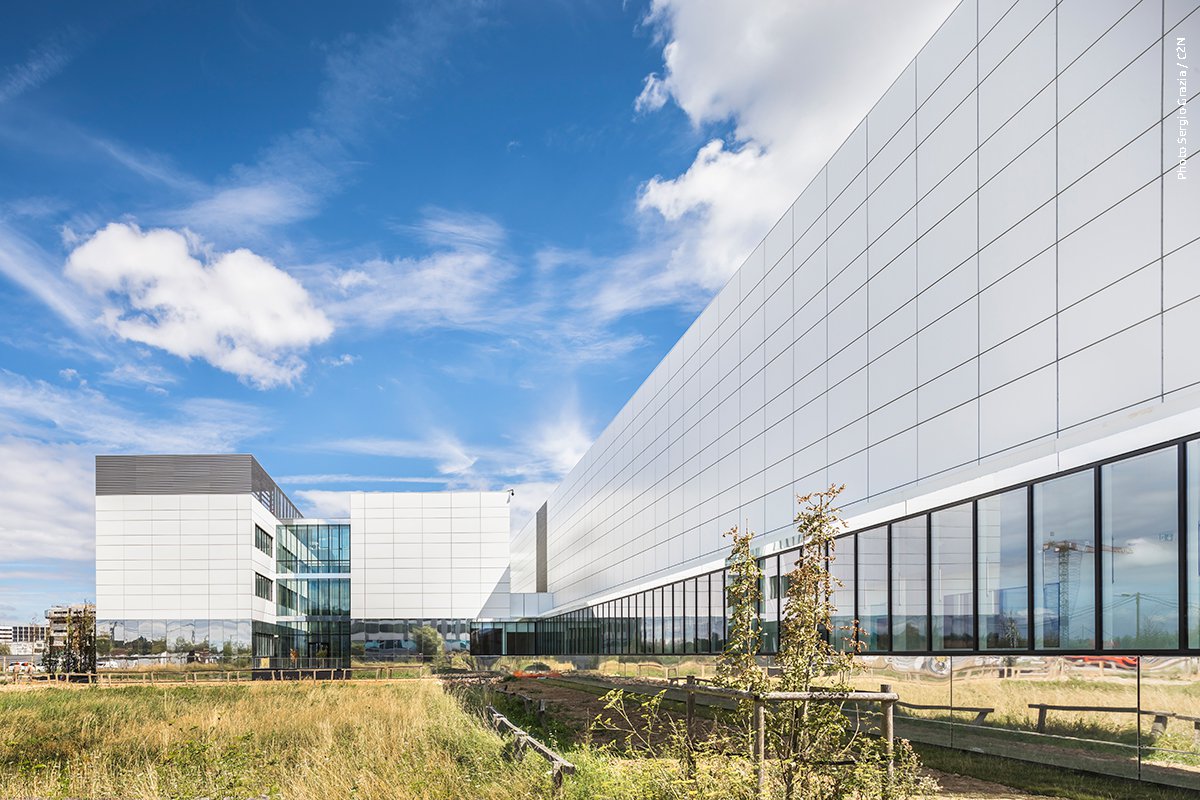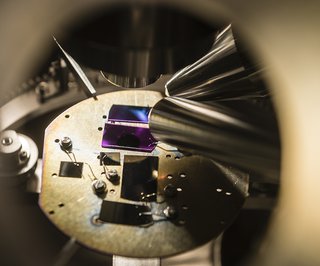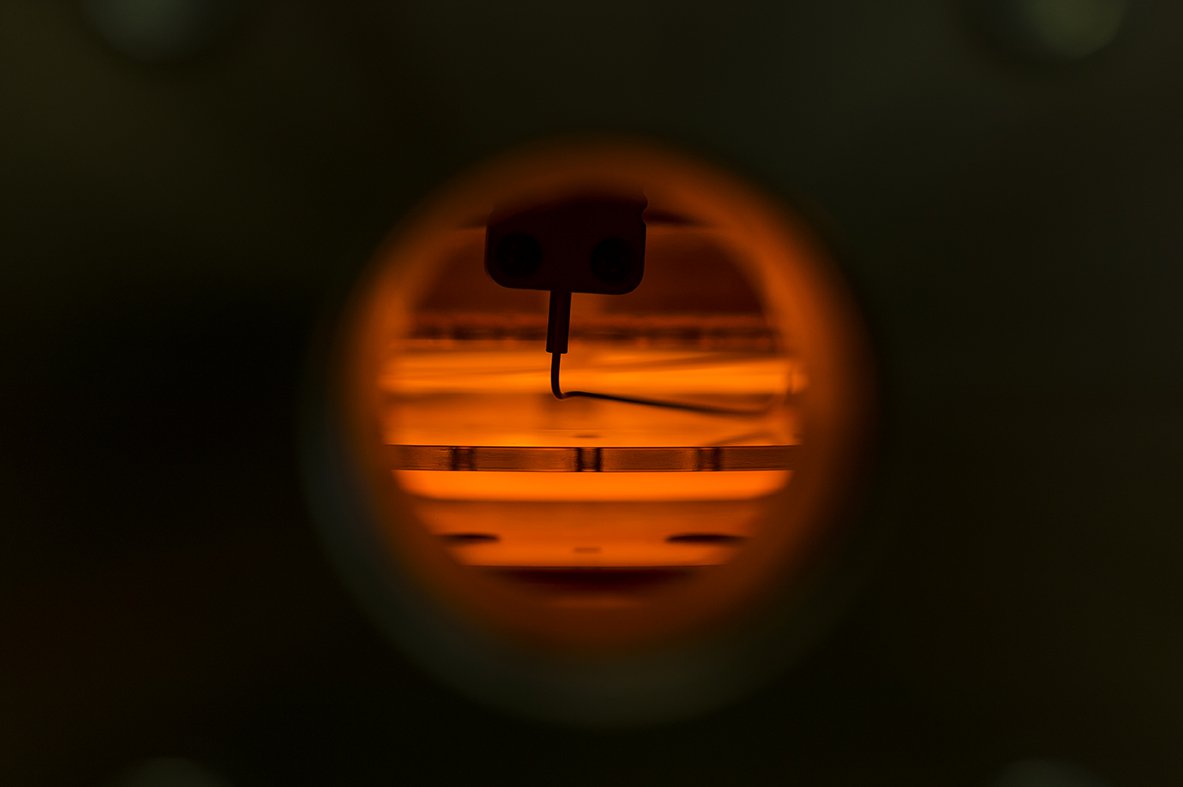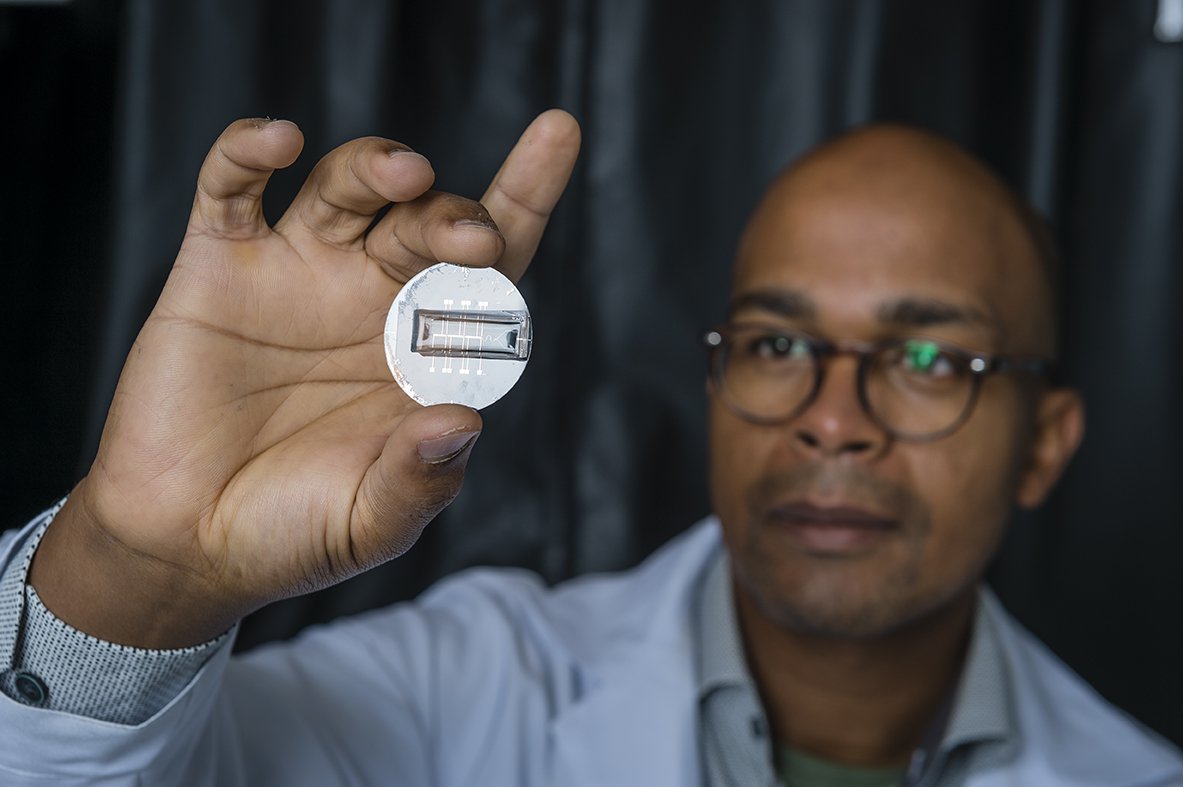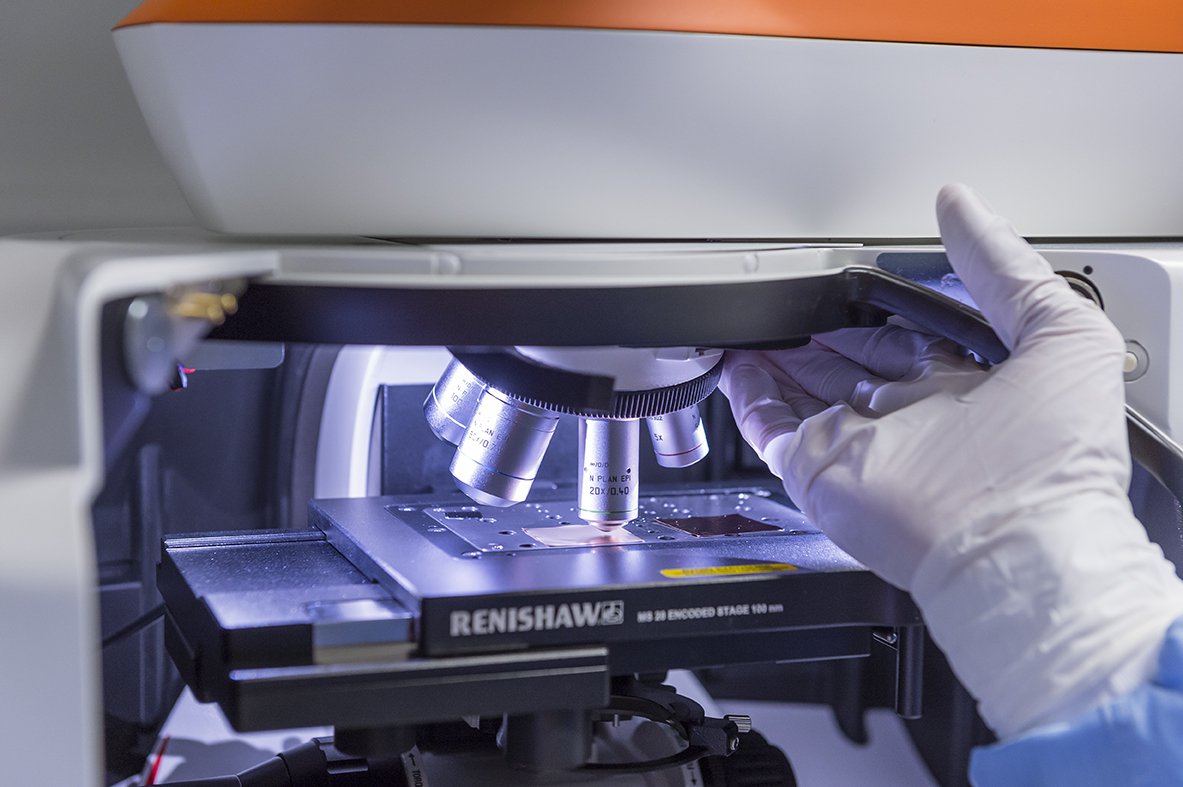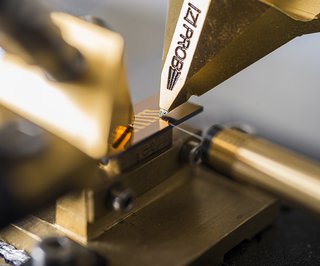
Photonics department
Research activities in photonics focuse simultaneously on fundamental reasearch (such as control and manipulation of quantum information) as well as on applied research for short- or mid-term applications in the field of information technologies, photovoltaics or biomedical imaging and sensors. Gathering more than 180 members, this department is one of the major European pole of expertise in photonics.
Three inter-related axes are developed: Nonlinear and quantum nanophotonics, Subwavelength photonics and nano-objects and Photonics and nanophotonics devices.

